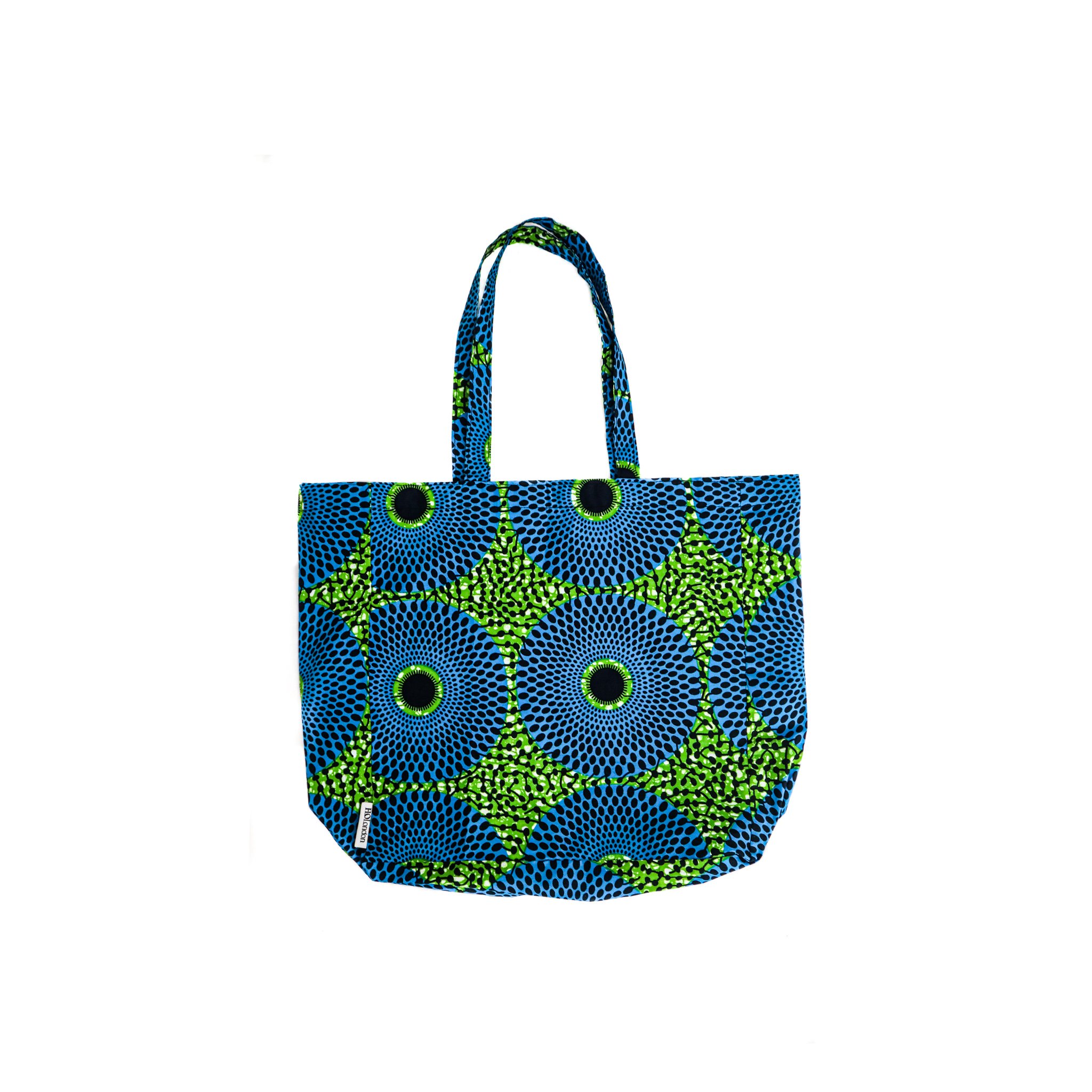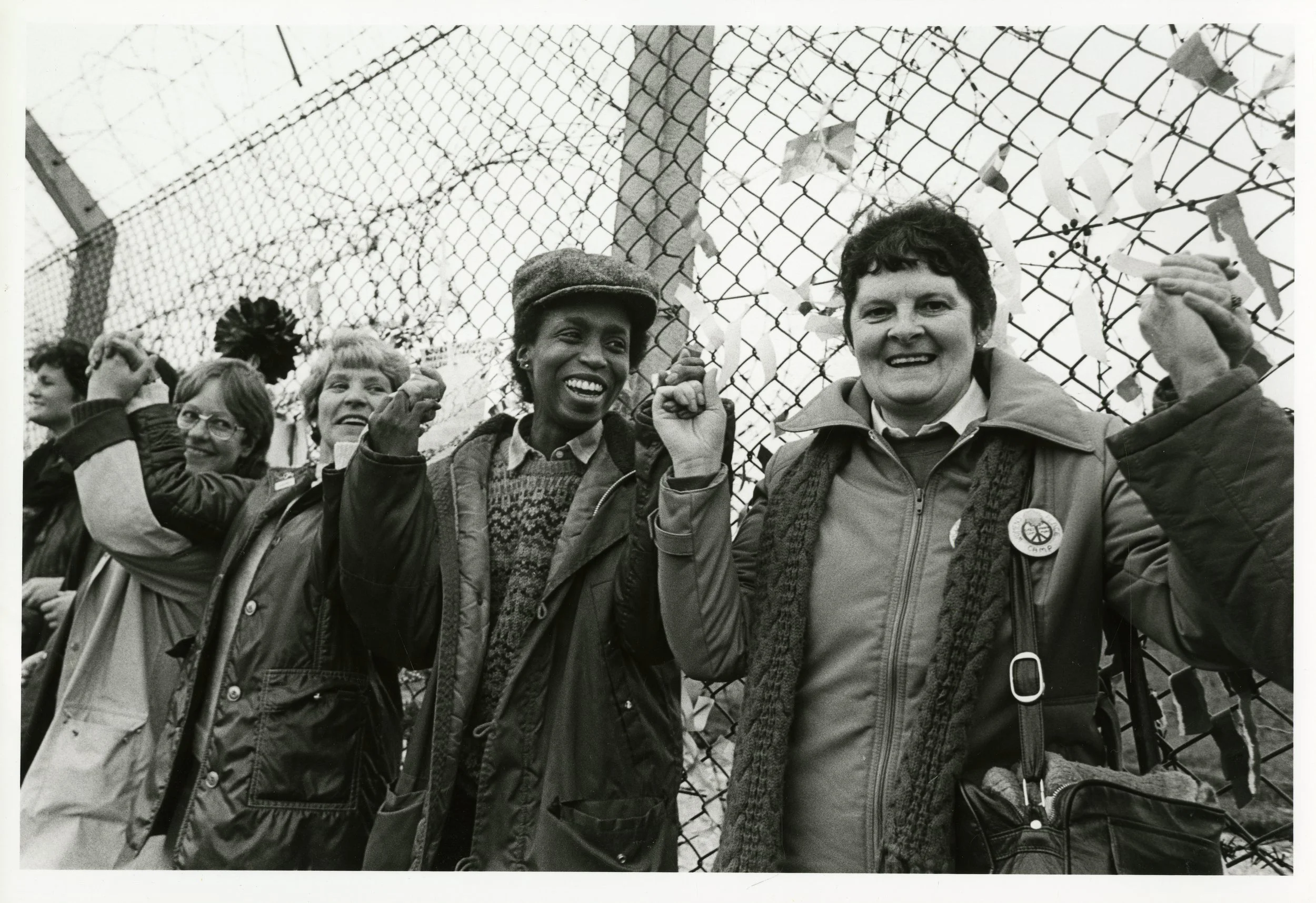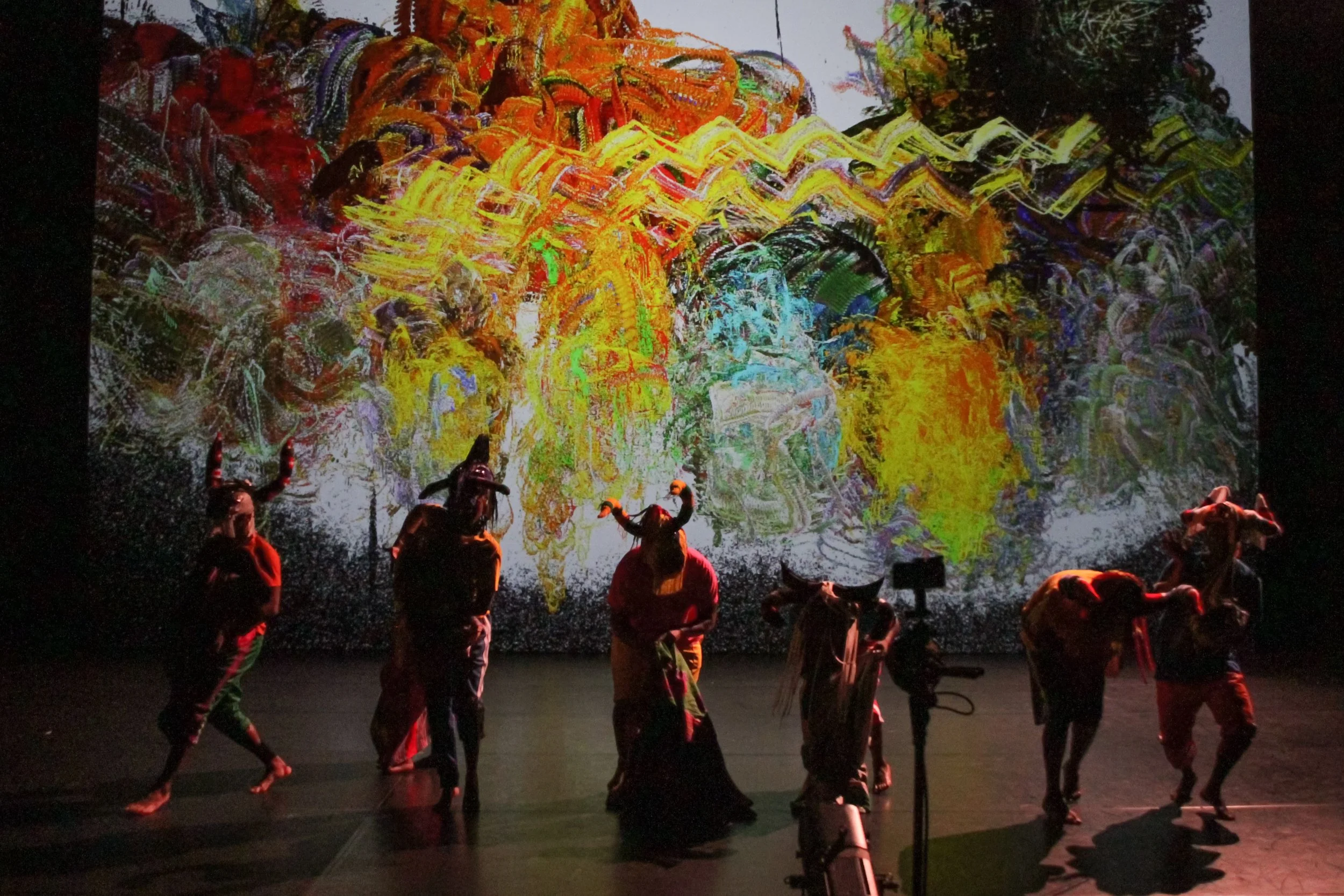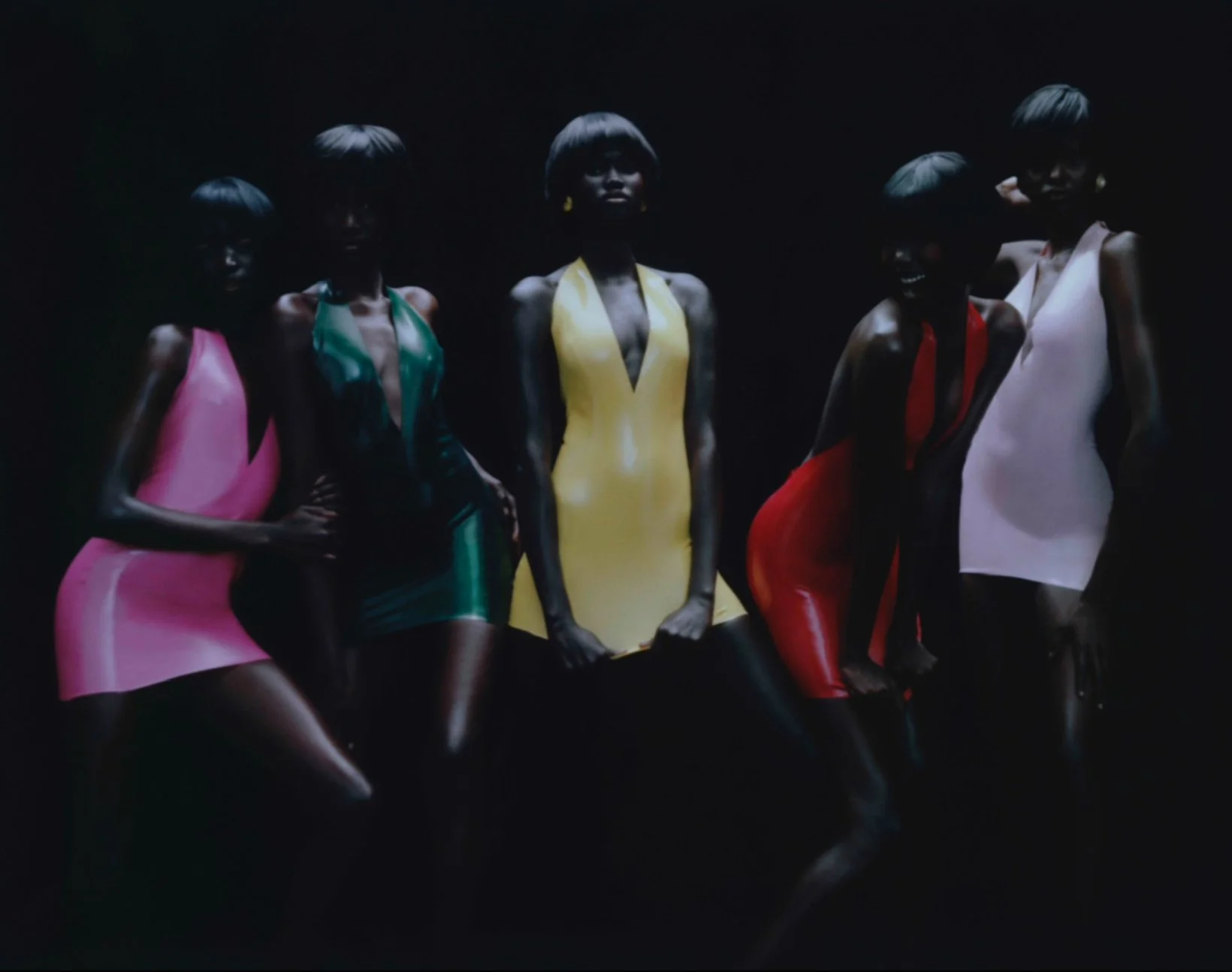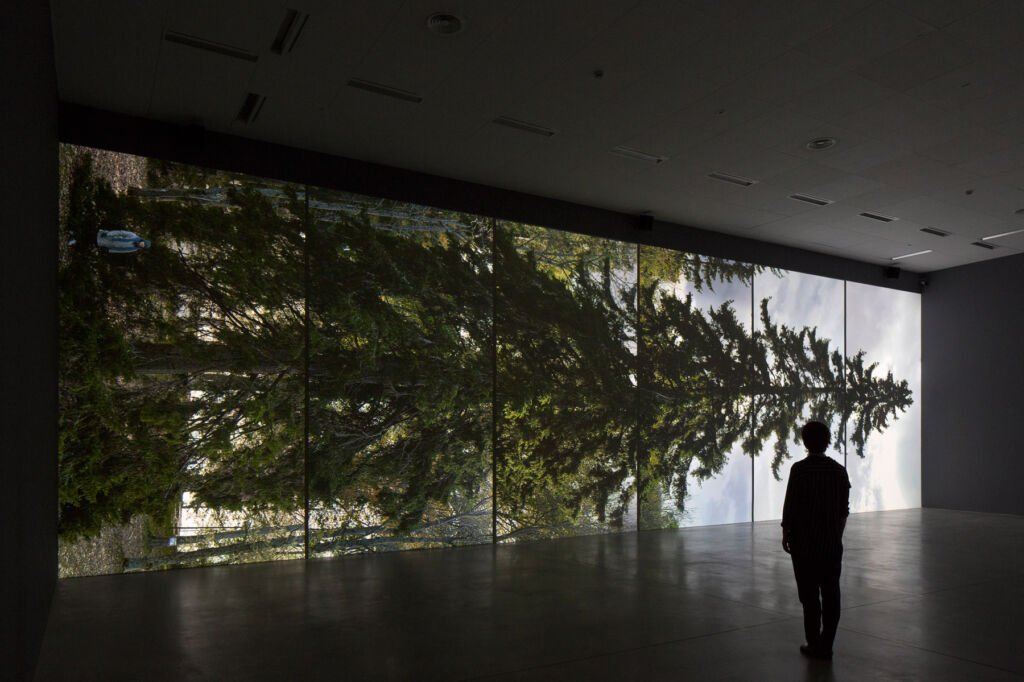In conversation with Huimin Zhang
“The use of gold threads in my pieces symbolises life itself and the connections between people. The incorporation of hair represents the continuation of life.”
- Huimin Zhang
Huimin Zhang.
Presented annually by the UK’s Crafts Council, Collect returns for its 21st edition as the leading art fair for collectable contemporary craft and design, taking place at London’s landmark destination Somerset House from 28 February to 2 March 2025 (previews on 26 and 27 February).
Recognised as an unmissable event at the forefront of the contemporary craft movement, Collect 2025 will bring together an expertly curated line-up of 40 specialist galleries from across the globe, featuring over 400 living artists selected by a specialist advisory panel – hailing from over 30 countries including South Korea, Japan, Ukraine, South Africa, Greece, Canada, the UK and many more.
Alongside the galleries, Collect Open, the fair’s platform for experimental proposals and installations by individual artists and collectives, will present ten exciting new projects by artists hailing from Austria, The Netherlands, China, Ireland, and across the UK selected by a dedicated expert advisory panel and are invited to produce work that challenges material, social, political or personal perceptions. We interviewed Huimin Zhang for our ‘In Conversation series’ to learn more about her practice and upcoming exciting pieces she’ll showcase at Collect!
Huimin Zhang is an artist who specialises in 22K gold creations, blending cultural techniques such as filigree, engraving, and European gold and silver thread embroidery to create her distinctive craftsmanship. To complement her handmade 0.08mm gold wire, she invented a super-low temperature 22K gold solder. Huimin believes that integrating various crafts is essential to preserving traditional techniques.
Her Mammary Gland series, created for Collect Open, was inspired by a close friend’s battle with breast cancer. Through this collection, Huimin aims to inspire her friend to bloom like summer flowers, emphasising that even brief lives can leave a profound, lasting impact. Using gold and her friend’s hair, she creates beautiful and unique breast flowers, conveying that her friend is irreplaceable and brilliantly beautiful.
For Collect Open 2025, you’ll be presenting your deeply personal series Live Like a Summer Flower - Golden Breast. Can you share what inspired this series?
This series of works originated from the frequent occurrence of breast cancer among the women around me, until my closest friend was also diagnosed. Her hopelessness about life also plunged me into deep sorrow, and I was even afraid to think about the word "breast", my heart filled with fear. I kept asking myself, was she really without hope? No, she must have hope! Every person's life has its own moments of glory, and should bloom like flowers in summer, even if only for a moment, they will be remembered. So I used precious gold and my friend's hair to create unique and beautiful breast flowers, telling her that she is one-of-a-kind, irreplaceable and radiant.
What significance do these materials hold in the context of the work, and how do they add to the emotional resonance of the jewellery?
I work with 22K gold because it embodies eternity and reflects my deep respect for life. The gold threads in my pieces symbolise human connections, while the inclusion of hair represents life’s continuity.
When a close friend lost her hair due to breast cancer treatment, she tearfully told me she no longer felt like a woman or a whole person. Her words profoundly impacted me, making me realise the deep personal and symbolic significance of hair. This experience reinforced my appreciation for the role both gold and hair play in my work, representing resilience, connection, and the enduring human spirit.
With its 91.7% purity, 22K gold is close to pure, and I use it to convey a sense of rarity and permanence—qualities that have made gold universally valued throughout history.
Your work blends traditional jewellery techniques, such as filigree inlay and granulation, with modern methods like laser welding. How does this fusion of old and new influence the final pieces, and what do you see as the impact of this combination on contemporary jewellery design?
Over the past fifteen years, I have collected over a thousand pieces of antique jewellery. My fascination with traditional craftsmanship led me to explore restoration, and when I encountered damaged antique pieces, I felt compelled to revive them. This sparked my journey to learn various traditional techniques.
As I delved deeper, I discovered that, despite regional differences, many traditional crafts share commonalities. By integrating these techniques, I developed new methods suited to modern aesthetics, ensuring that traditional craftsmanship continues to evolve meaningfully.
The advent of laser welding, which enables intricate detailing, has significantly expanded the possibilities for handling complex processes. The fusion of old and new techniques creates novel visual experiences and pushes the boundaries of jewellery design, allowing tradition to meet contemporary artistry in innovative ways.
What role do you see platforms like Collect Open playing in helping artists like yourself bridge this gap, and why is it important to highlight both in your work?
I am truly honoured to be selected as the featured artist by Collect Open. Having the opportunity to showcase my work on such a prestigious platform that represents the boundaries of contemporary craft is undoubtedly the best affirmation and promotion of my art. It allows more people to discover and learn about my work, and to see the application of innovative methods in traditional craftsmanship. This recognition opens up more opportunities for me to continue researching and exploring the possibilities of craft, as well as contributing to the care of breast cancer patients.
Over the past decade, you’ve collected antique jewellery from various global traditions. How have these diverse cultural influences shaped your contemporary jewellery designs, and which traditions resonate most deeply with you?
I have been influenced by a multitude of traditional crafts, each with its own unique characteristics and techniques. What fascinates me is how these diverse traditions can inform and borrow from one another despite their differences. For instance, the filigree technique can draw inspiration from weaving as well as granulation, and even studying traditional ceramics can provide valuable insights into metalworking.
To me, traditional crafts are interconnected, forming a larger, cohesive whole. The boundaries between different techniques and materials are blurred, with each tradition offering a perspective that can be applied to others. Embracing this interconnectedness allows us to push the boundaries of what is possible in the world of crafts.
Rather than being limited to specific techniques or materials, traditional crafts encompass a broad spectrum of approaches and philosophies. Recognising the shared essence underlying these diverse traditions opens a wellspring of creativity and innovation, enabling us to create new works that honour the past while embracing the future.
Your pieces are small yet intricate, often measuring between 7-9 cm in diameter. What challenges do you face when designing on such a small scale?
Actually, I don't focus too much on the size of my works during the creation process. I simply work on the details within the limits of what I can technically achieve, and then combine these intricate elements together, which ultimately results in the dimensions you see. Of course, it is possible that as my skills improve, the size of my works may become smaller and smaller. If I weren't working with gold (which is quite precious and expensive), I might create even more and larger pieces.
Your work brings a personal and emotional connection to jewellery design. How do you approach the balance between aesthetic beauty and emotional significance in your pieces, and what do you hope your audience will take away from experiencing your work at Collect Open?
I have never consciously considered the balance of aesthetic beauty and emotional significance in my works. Instead, my creative process has always been driven by my subconscious, allowing the pieces to emerge naturally. My hope is that the audience experiencing my work at Collect Open will be able to feel a profound and immediate impact, both visually and emotionally. I aspire for my creations to transport viewers into the emotional narratives that underpin my art, allowing them to connect deeply and intuitively with the stories and feelings that I aim to convey. This organic and heartfelt connection is what I believe will truly bring my works to life.
How do you approach environmentally responsible practices in your jewellery creation, and why do you feel it’s crucial for contemporary jewellery artists to engage with this issue?
Every designer has an indispensable responsibility to protect the environment. In my current work, I use recycled gold, which not only reduces the demand for newly mined gold but also minimizes the environmental impact associated with gold mining. Looking to the future, I also plan to consider using Fairtrade gold, which ensures that the gold is sourced from mines that adhere to strict environmental and social standards. This approach aligns with my commitment to sustainability, as it promotes fair labor practices, protects the environment, and supports the well-being of the miners and their communities. By integrating these sustainable practices into my design philosophy, I aim to contribute to a more environmentally responsible and socially just industry.
Somerset House is celebrating its 25th anniversary as a cultural hub in 2025. What does it mean to you to showcase your work in this iconic venue for Collect Art Fair 2025?
I am truly honored to showcase my work during the 25th anniversary of Somerset House. This special occasion is a significant milestone, and I am grateful for the recognition from the organising committee, which has been a tremendous source of inspiration and motivation for me. To be part of such a prestigious and culturally rich event, alongside other innovative and acclaimed artists, is a true privilege, and I look forward to sharing my creations with everyone in such an esteemed venue. This is an incredible opportunity for me to show my new work to the world!
The [Quick] #FLODown:
Best life advice?
I think it's important for people to follow their true feelings in life. When motives are pure and straightforward, success tends to come more easily, and that way of living brings me the most joy.
Last song you listened to?
A Chinese song called This Killer Is Not So Calm is a very humorous song that makes me feel relaxed.
Last book you read?
I have read Jiang Xun's '_Beauty Aesthetics_' four times, yet I can only remember a few sentences from it. I must admit, I am not very good at reading and remembering.
Can't live without…?
Life is full of reasons to keep moving forward, but for me, having a safe and loving harbour is what gives me the strength to stay on course. I'm grateful to have my husband by my side, who has always been my rock, encouraging me to chase my aspirations and never giving up on me. I couldn't live without air!
What should the art world be more of and less of?
The art world needs more genuine content and emotion, less formalism.
Website: huimin.uk
Instagram: @im.huimin




















